APPEARANCE OF METALS AND NON METALS
PHYSICAL AND CHEMICAL PROPERTIES OF METALS AND NON METALS
SAMPLE PROBLEMS


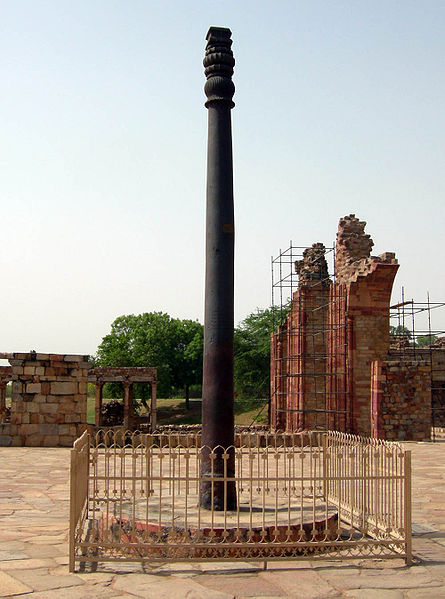

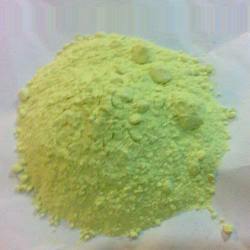
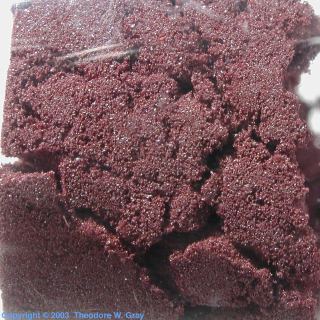
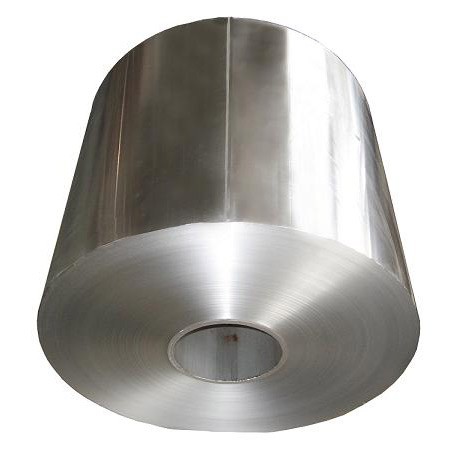
What is difference between the objects shown above ?
( Question based on observation )
EYE SPY
LOOK AROUND YOUR CLASS ROOM.
HOW MANY METAL OBJECTS CAN YOU SEE ?
DID YOU KNOW ?
Some metal comes from outer space . METEORITES falling from sky some times contain solid IRON.
Students are asked to write the differences between substances their own .
Now two words are introduced
a. Metal : Metals are the substances having shining surface , malleable , ductile and sonorous in nature . They are chemically reactive.
b. Non Metal : Non metal are the substances which have dull surface, brittle , non ductile and non sonorous in nature . They are in general less reactive than metals .
Students are asked to recall such substances encountered in day to day life .
DID YOU KNOW
There are some elements known as metalloid .
They have properties in between metal and non metal as Germanium .
PHYSICAL PROPERTIES OF METALS
Metals are the substances which possess following physical properties :
M : Malleability ; metals are the substances having tendency to convert into thin sheet on hammering.
DID YOU KNOW Gold is most malleable metal on the earth . About 80 km wire can be drawn from 28 gram gold .
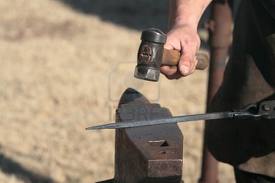
E : Electrical conductivity ; metals are the substances as it allows passage of current through it.
DID YOU KNOW : Non metal like graphite is good conductor of electricity .
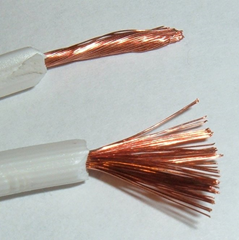
T : Tensile Strength ; Generally metals are ductile and having tensile strength . ( Introduction if new word )
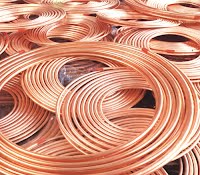
A : Active : metals are active in nature . They can react with air , water and acids .
DID YOU KNOW : Noble metals like gold , platinum , palladium ,Iridium , Osmium , Silver , Rhodium and Ruthenium have least tendency to participate in chemical reactions .
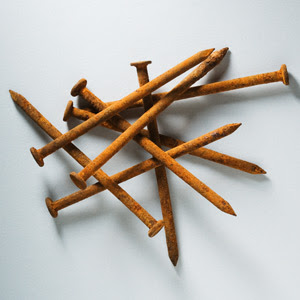
L : Lusture ; metals have a shining surface . This property is known as as lusturous .
DID YOU KNOW : NON METAL LIKE DIAMOND AND IODINE ARE VERY SHINING IN NATURE
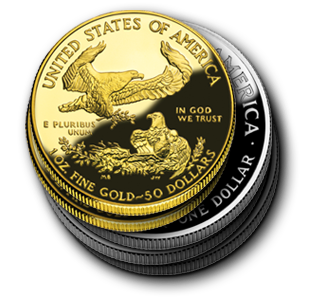
S : Sonorous ; metals produces ringing sound on collison .
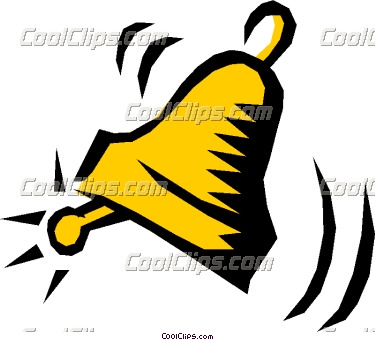
Question : Students are assigned to collect the name of metals which are encountered in daily life . (Open ended question )
Activities Done by Students :
1. Take a small piece of iron nail , coal piece , pencil lead and thick aluminium wire , hit them hard and record your observations . Try to categories them in to metal and non metal based on the malleability property.
2. Take two pieces of metal like iron and collide them observe the sound produced by them and compare it by sound produced by hitting two pieces of coal .
Activity Done by Students in Class Room
GIST OF ACTIVITY :
1. Take some amount of rust . Dissolve into a little amount of water. Shake the suspension well .
2. Test the solution with blue and red litmus papers .
OBSERVATION : Observe the change in color of red litmus paper .It becomes blue.
CONCLUSION : Metal oxides are are basic in nature .
Activity Done by Teacher in Presence of students
GIST OF ACTIVITY :
1. Take 50 ml. of water in borosil beaker.
2. Wrap a small piece of sodium in cotton and pour it carefully in beaker .
3. Exothermic reaction will take place . Sodium explodes after sometimes .
4. Nature of solution is determined by litmus paper .
OBSERVATION : Red Litmus paper changes into blue.
CONCLUSION : Metal hydroxide is basic in nature .
PHYSICAL PROPERTIES OF NON METALS
- Non metal are the are non malleable . Most of non metals are gases and few are brittle . ( Introduction of New Word ). Hence they can not be hammered into sheets .
- Non metals are non ductile . They can not be converted into wires.
- They are not good conductor of heat and electricity .
- Non metals are non lustrous . ( Except Diamond and Iodine )
- Non metals are non sonorous . ( Because most of non metals are gases .)
CHEMICAL PROPERTIES OF METALS AND NON METALS
1.Metals are highly reactive in nature . They may react with air , moisture , water etc. On the other hand some metals are least reactive in nature and known as NOBLE METAL .
Class Room Question : a. Tell name of noble metals and their uses also .(open ended question )
2. Metal reacts with air to form metal oxides .
3.Metal oxides are are basic in nature as it converts moist red litmus into blue .
ACTIVITY DONE BY STUDENTS
GIST OF ACTIVITY : Students take 5 cm long magnesium ribbon .They burn it in the flame of burner and and collect the ashes in watch glass . Bring moist red litmus paper in contact with ashes of Mg which are magnesium oxide .
OBSERVATION : It changes its color and turns blue .
CONCLUSION : Metal oxides are basic in nature .
ACTIVITY DONE BY TEACHERS
GIST OF ACTIVITY
Take small amount of sulphur in deflagrating spoon and heat it .Put in glass jar and cover it .Gas remain enclosed in jar and add small quantity of water to it . Shake the jar well .
OBSERVATION : Check the nature of solution with help of litmus paper.
CONCLUSION : Non metal oxides are acidic in nature as it converts blue litmus into red .
1. Non metals are also reactive in nature . Phosphorus is so reactive that it kept into water as it may react with air present in atmosphere . (All noble gases are non metals . They considered as least reactive element among all elements . e.g. He , Ne , Ar , kr etc.
2. Non metal oxides are acidic in nature .
INNOVATIVE ACTIVITY
Students are asked to check copper vessels of their home and suggested that do not clean it for three to four days . They are asked to note the change in the color of outer surface of copper vessel . They are suggested to wash the vessel by detergent first and then by lemon and note down observation. when they feel easy to wash the vessel to regain its color .They are asked to explain the cause in their own words .
This activity is helpful in explaining the basic nature of corrosion substance deposited on copper surface ( copper carbonates and copper hydroxides ) which easily neutralizes by lemon ( citric acid )
USES OF METALS
Students are asked to write uses of metals . (Open ended question )
ACTIVITY DONE BY TEACHERS
Take 100 ml beakers and label them A , B , C, D and E . Take 50 ml water in each beaker and dissolve copper sulphate and Zinc granules in A, copper sulphate and iron nail in B , Zinc sulphate and copper turning in C , Iron sulphate and copper turning in D , Zinc sulphate and iron nail in E .
Observe the reaction and maintain the activity series of metals.
Define displacement reaction on the basis of these reactions .
QUESTION : Which metal is more reactive Cu , Zn , Fe .
Activity of reaction with Na with water , Al with NaOH and effect of temperature on reactivity of metals can be demonstrated by teachers in lab .
ANSWER THE FOLLOWING :Student answer the following question ( Evaluation criterion , 1 marks for each correct answer . )
1. Which metal is most malleable ?
2. Name one metal used in making jewelry.
3. Name one noble metal.
4. Name one metal using in making buildings .
5. Name one dull metal.
6. Which gas is evolved when Zn reacts with dil hydrochloric acid.
7. What is ductility .
8.Name the compound formed by the reaction of air and moisture with Iron.
9.What is the nature of rust .
10. Which colour coating appears on the surface of copper due to reaction with air .
BOOK REVIEW : Students are suggested to read the book written by Denise Walker on Metals and non metals from page no 1 to page no 5 and present their Book review in 10 to 12 days .
Review will be assessed on the following parameters
a. :Language 2 marks
B. content 2 marks
c. Clarity of thought 2 marks
D. Quality of presentation 2 marks
E. overall quality 2 marks
ACTIVITY : Students are suggested to make metal and non metal index card . which includes name , Symbol , type (metal or non metal ) and uses
Student present the index card by role play method . e.g. My name is iron . My symbol is Fe etc.
Class room symposium may be organised on uses of metal and non metals .
USES OF NON METALS
1.Oxygen is used for respiration and for combustion of fuel .
2. Iodine is used as an antiseptic .
3.Chlorine is used for disinfecting water .
4.Nitrogen is used in manufacturing of fertilizers and prevents rancidity of oily foods .
5. Hydrogen is used in hydrogenation of oils and in preparation of hydrogenation torch
6.Carbon is used as fuel .
7.Coke is used in metallurgy .( Introduction of New word )
8.Graphite is used in making electrodes and lubricants.
9.Sulphur is used in production of sulfuric acid .
10. Phosphorus is used in making matchsticks .
11.Silicon is used in making glasses .
12.Helium is used for filling balloones .
OPEN ENDED QUESTION : Students are asked to write uses of non metal . ( No marks are given for open ended question .)
HOME WORK : Students are asked to show the places in outline map of India to show the places which are rich in Gold , coal, Diamond , copper , Silver , Aluminium and Zinc .
QUESTION BASED ON ARGUMENT : Most of non metals are gases in nature. Bromine is only liquid non metal how can you establish that mercury which is liquid in nature is metal.